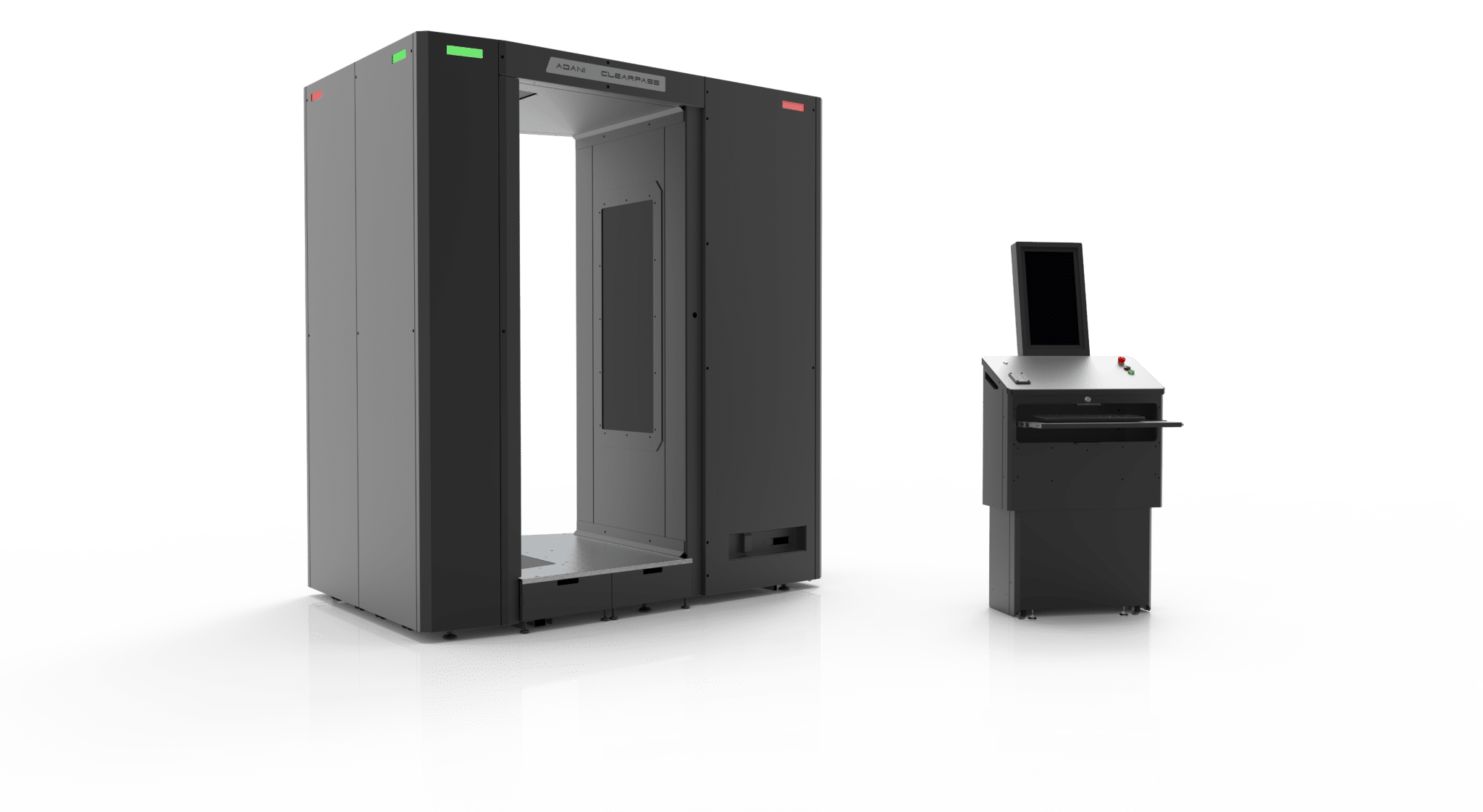
Ensuring that attendees do not pose a security threat is one of the major challenges facing venues and security officials, reports ADANI Ltd.
For those looking to secure their venues, it is a compromise between minimising the risk that a person poses a threat, ensuring an acceptable throughput of people – with many venues such as sports stadia needing to allow tens of thousands of people per hour to enter – and minimising security costs, an evil but necessary constraint.
The challenge
The major challenge in this scenario is balancing throughput and cost, therefore leaving two options: manually searching the bags in person or purchasing x-ray equipment to do it for us.
Manually searching bags is inefficient; we are certain that many can relate to the experience of opening a bag for a security guard to inspect and having them half-heartedly peer inside. Aside from the expected lack in detection, it is a labour-intensive process that requires significant time for thorough checks – this is something that isn’t always plausible, especially at big events.
The alternative to this process is using an X-ray scanner, something that poses its own unique challenges. Whilst high throughput X-ray scanners (0.4 m/s belt speed) are available, the usual limitation is the number of operators as examining each image is usually the limiting factor; although you can have multiple operators sharing images from a machine, this simply increases the staffing costs. However, things have recently improved significantly as there are now high-throughput small scanners that use AI to identify images that an operator should check. All other images are passed without a requirement for an operator assessment. This allows for the use of X-ray bag scanning – the best option – whilst minimising staffing costs.
People screening
Traditionally, Walk Through Metal Detectors (WTMD) have been used for people screening – since WTMD’s only detect metal objects however, this is a major problem as many threats are non-metallic.
As a result, considerable investment has been made into alternative technologies – specifically mm-wave or terahertz – especially for Aviation applications where the presence of non-metallic threats is also significant. Whilst these work reasonably well in aviation applications, it must be appreciated that aviation threats have specific characteristics; not only are these threats physically large, most mm-wave/terahertz scanners also have a significant False Alarm rate, especially if they are set to alarm on smaller threats. This causes resolution problems.
Moreover, these alternative technologies can also only detect objects that are ‘visible’ to the beam. For example, if you imagine the person being scanned without clothes – and the item being visible – then it may see that item, if large enough, and trigger an alarm. Note that, since they image the ‘naked’ person, the image uses mannequins and so only informs the operator of threat items that are detected by the alarm algorithm. As such, they may not provide confidence in the security level being achieved with an acceptable False Alarm Rate.
Transmission X-ray Body Scanners
An alternative technology is Transmission X-ray Body Scanners which provide the highest ability to detect threats of any size concealed anywhere in/on the body; over 5,000 contraband items have been detected in UK prisons in less than 12 months by using ADANI Body Scanners.
The immediate objection that people raise is that “all ionising radiation is dangerous” – this is one of the most erroneous statements made. Everyone is continually exposed to ionising radiation from numerous sources. Typical figures in the UK are around 2,700µSv/year and, in Cornwall, this is around 6,500µSv/year due to radon. Body scan images can be achieved from <0.1µSv/scan with <0.25µSv/scan being the average; this means that an individual could receive between 30 and 70 scans per day to get the same dose as typical background radiation.
With so many conflicting requirements, there is no perfect solution to answer questions surrounding which technologies should be applied for venue security. For these reasons in particular, it is crucial that those responsible for decisions discuss their specific requirements with specialists in different technologies to assist in the selection of the optimum technologies for their application.
ADANI Ltd. are excited to exhibit at the International Security Expo which is taking place at the Olympia, London from 28-29 September. For further advice and more information about the company and the work they are doing, visit them on Stand: C100.
This article was originally published in the September edition of Security Journal UK. To read your FREE digital copy, click here.